The passing of Ranjit Madhavji marks the end of an era that witnessed the meteoric transition of Mumbai into the 20th century. Now, the studio turns to the digital medium to archive its rich collection in collaboration with the British Library
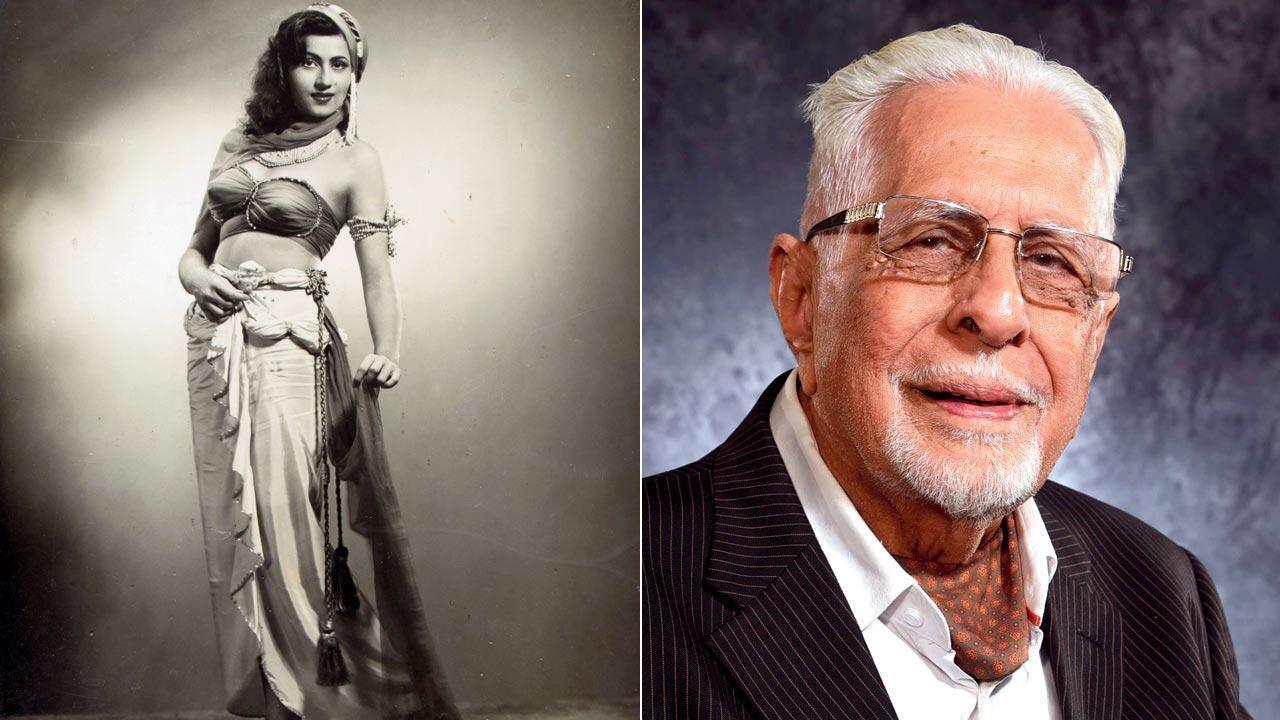
A portrait of Madhubala. Pics Courtesy/Hamilton Studios, British Library Endangered Archives Project, Coventry Digital; (right) the last photograph of Madhavji clicked by his daughter
A Sharply dressed young man looks to his left. His dapper moustache and slick hair gleam even through the sepia tone of the old photograph. For someone unfamiliar with India’s history, this photograph of JRD Tata might just as well be that of a young actor in the fashion of a Clark Gable or Errol Flynn. It is among the many treasures that the late Ranjit Madhavji preserved in his iconic Hamilton Studios.
ADVERTISEMENT
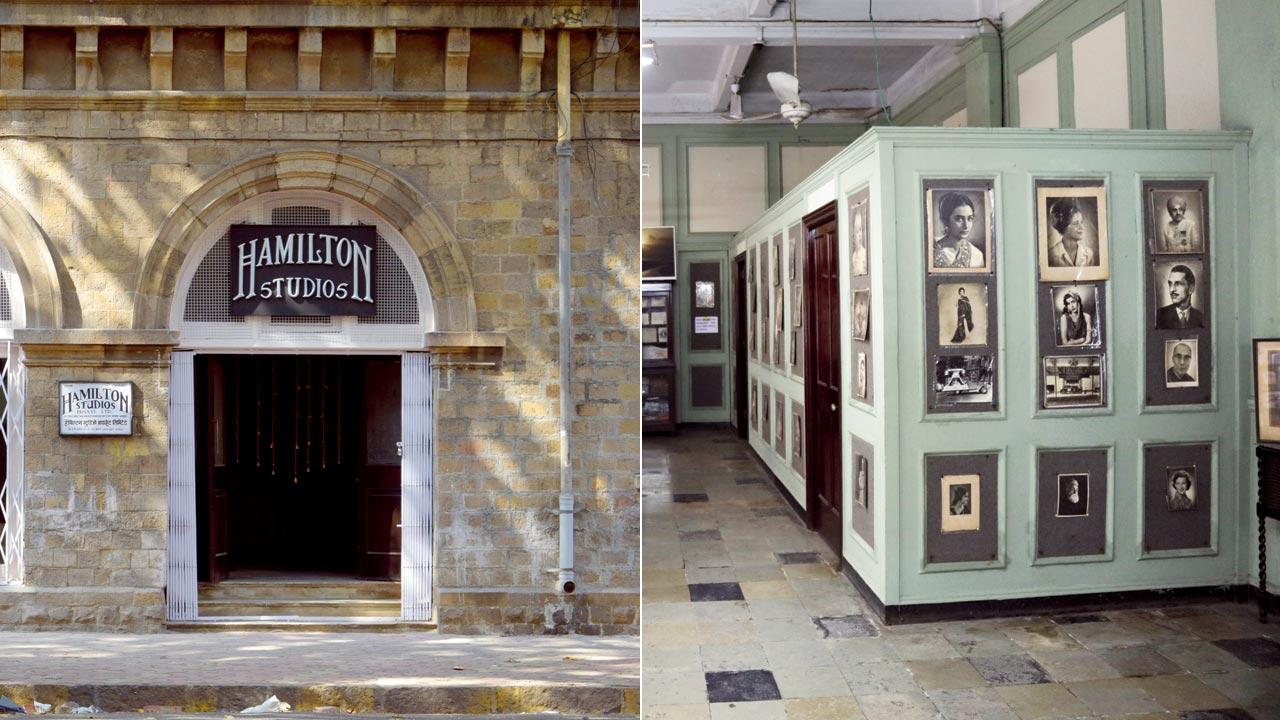 Façade of the iconic Hamilton Studios; (right) the interiors
Façade of the iconic Hamilton Studios; (right) the interiors
Madhavji’s demise earlier this month brings the curtain down on an era of portrait photography that was as much a documentation of the city’s life and culture. Daughter Ajita Madhavji, who is the current director of Hamilton Studios Pvt Ltd, shares, “Before turning photographer, he was a textile merchant and freedom fighter. His talent led him to be appointed the official photographer for the Government of Bombay, Gujarat and Kathiawad.” He would go on to win the PSI Lifetime Achievement Award, the Rahimtulla award five times, among many other titles.
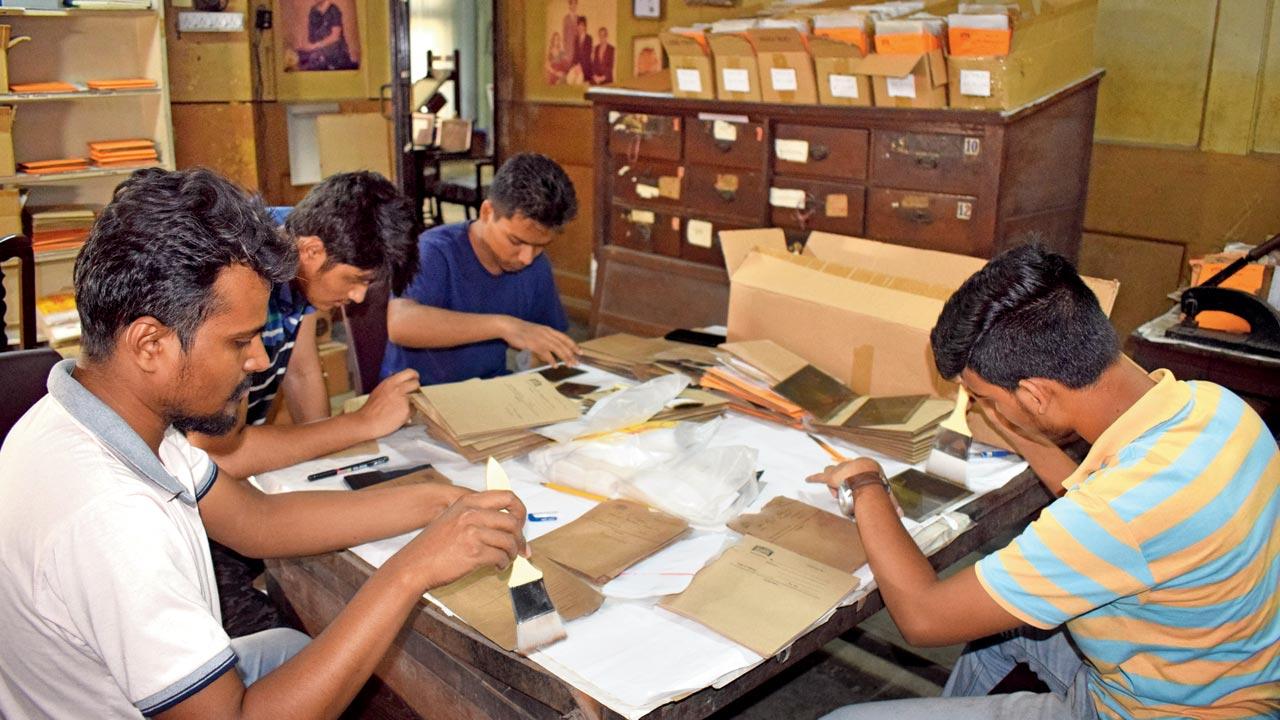 Volunteers work on the preservation process
Volunteers work on the preservation process
The pulse of a nation
The studio did not just capture people on film, but a city. This makes the archiving of the studio’s documents, photographs, films and material an essential task. To this end, they have teamed up with The British Library and Coventry University, with support from the Modern Endangered Archives Programme at UCLA Library, funded by Arcadia, a foundation dedicated to cultural preservation and open access, to digitise the material.
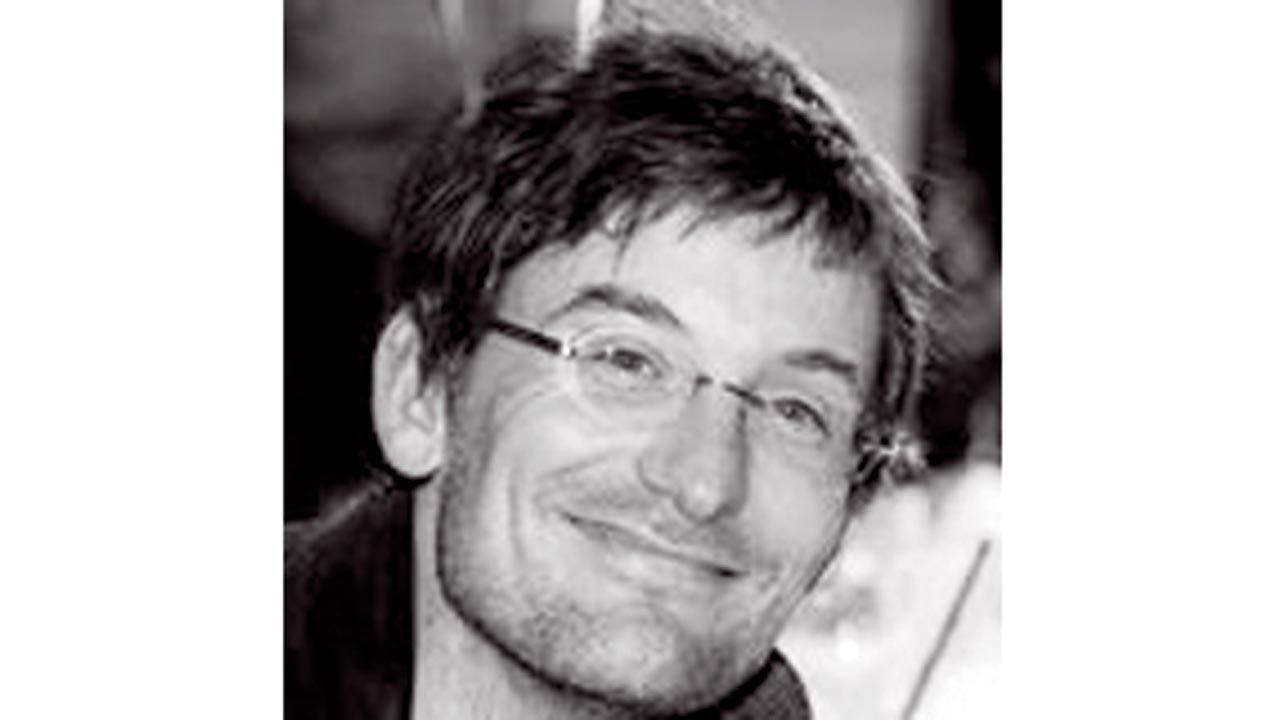 Ben Kyneswood
Ben Kyneswood
Dr Ben Kyneswood, associate professor of digital heritage and culture, Coventry University, has been overseeing the project since 2018. His introduction to the studio goes back to his visit to Mumbai for a photography exhibition in 2017. It sparked conversations about the archival efforts. In 2018, funding from the British Library was approved to document pre-Independence material. Work on the ground was led by Ajita and her team of assistants.
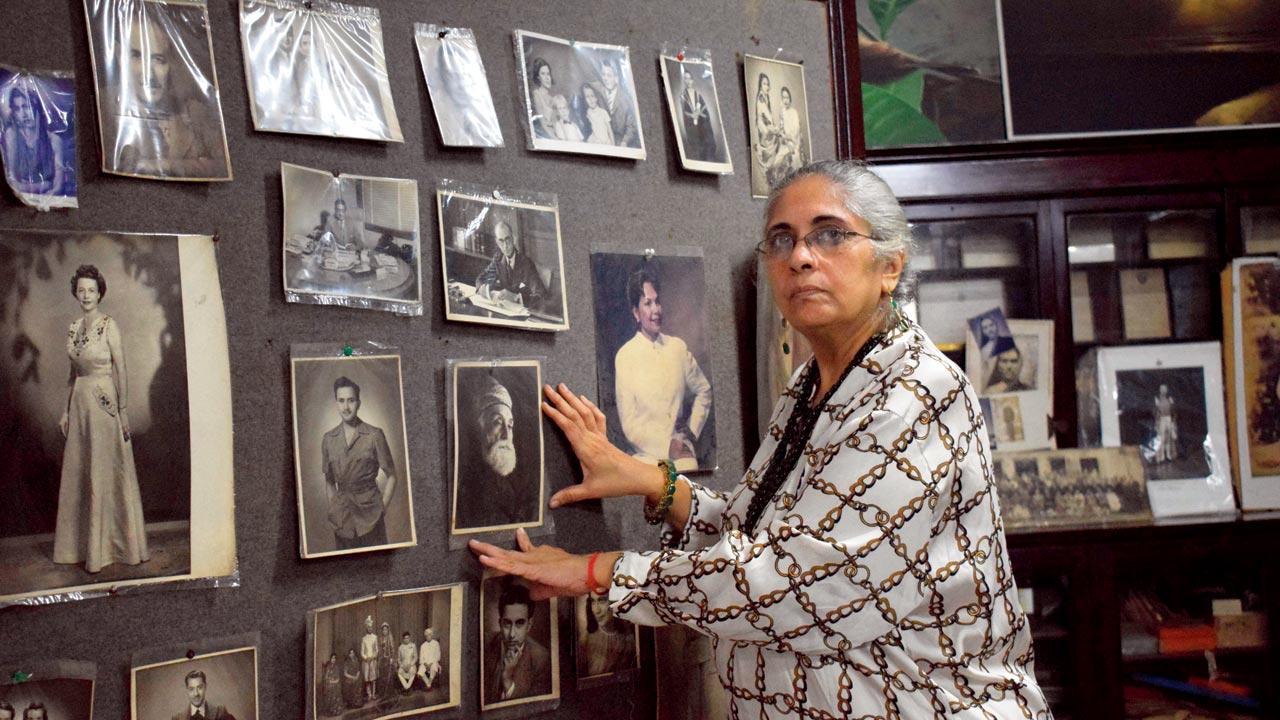 Ajita Madhavji at the studio
Ajita Madhavji at the studio
Over a Zoom call from Coventry, the academic reveals, “It would have been very colonial of us [the British Library or Coventry University] to have taken control of the project. The family has done a fantastic job in preserving it for so long.” Another reason was to educate new generations about this heritage. The professor says, “I understand that the only way for a younger generation to truly learn their history is for them to be involved in its preservation.”
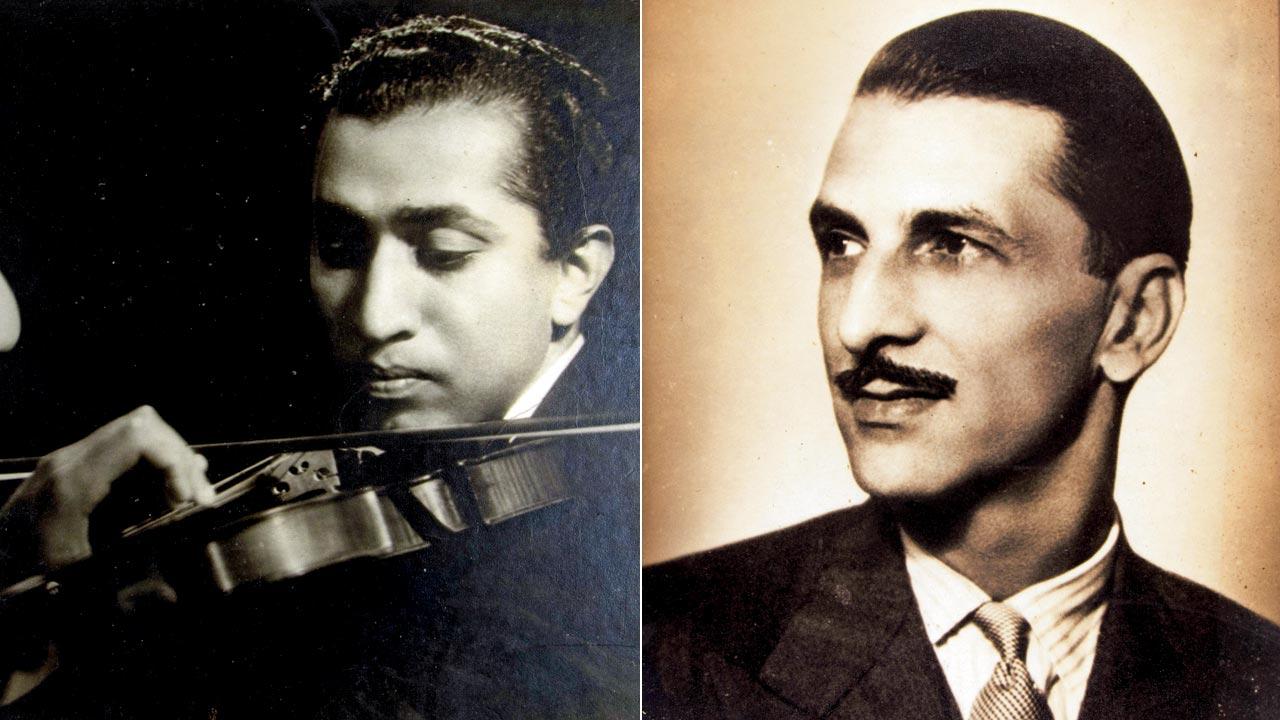 (Left) A photograph of orchestra conductor Mehli Mehta; (right) industrialist JRD Tata
(Left) A photograph of orchestra conductor Mehli Mehta; (right) industrialist JRD Tata
The project has already documented over 21,000 images that are now accessible on the British Library UK’s online platform. “We hope to document and archive material from 1928 to 1968. The optimal deadline would be in 2026,” Kyneswood says. All of it, he shares, is open source for people to enjoy.
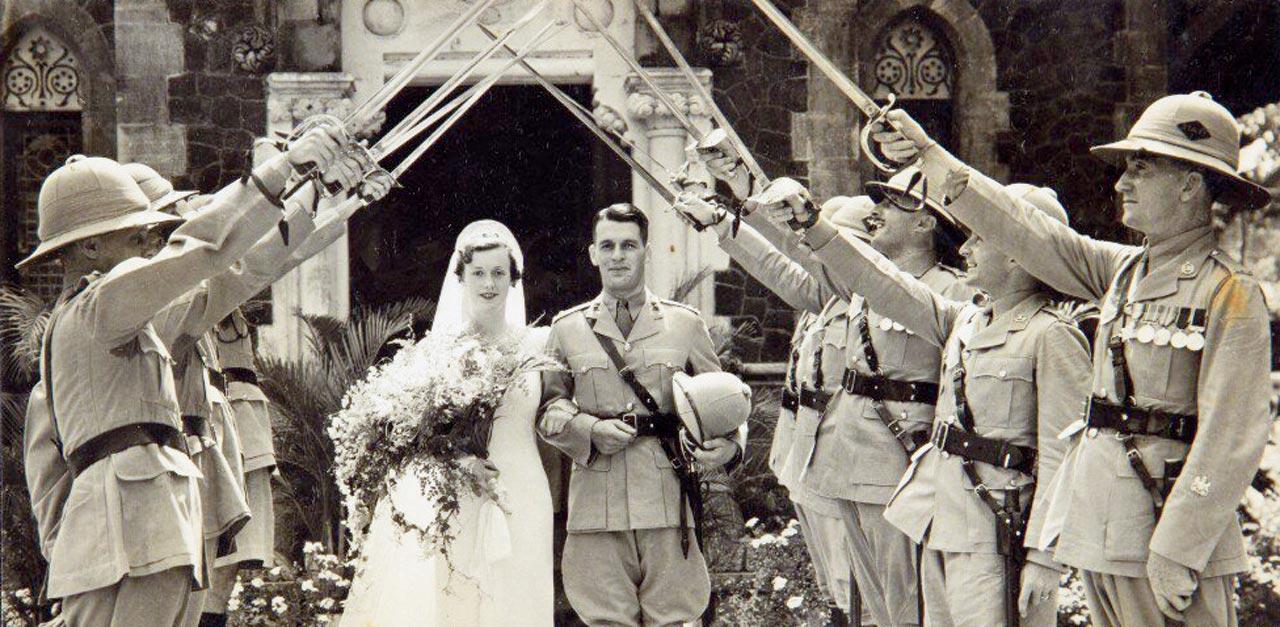 A photograph featuring the wedding of Mr and Mrs Newman-Sanders at Marine Lines in 1937
A photograph featuring the wedding of Mr and Mrs Newman-Sanders at Marine Lines in 1937
Currently, the team is busy working on the first batch of digitised material [for UCLA] that covers a period between 1947 to 1951, focusing on Indians who migrated to the UK under the 1948 British Nationality Act. The second batch, from 1963 to 1967, will capture a surge in migration. There are also plans for a third batch dating from 1951 to 1963 that will be taken on following the completion of the first two projects, Ajita informs us. The material in the studio is not limited to photographs, but includes glass and celluloid negatives, test prints, and invoices.
At Hamilton Studios, ground floor, Narottom, NTC House, Ballard Estate, Fort.
Log on to eap.bl.uk (for Endangered Archives, British Library, UK)
21k
images documenting the city’s stories have now been digitised
Bombay’s own
Ranjit Madhavji purchased the Hamilton Studios in Ballard Estate in the Diwali of 1957. Established by the third Baronet of Bombay, Ellias Victor Sassoon in 1928, the studio is housed in a building designed by George Wittet, the architect of another city landmark — The Gateway of India. It was to become the photographic destination for Bombaywallahs, from the Tatas to newly-weds, and personalities including Zeenat Aman, Madhubala, Saira Banu and Vinod Khanna. “He could capture the essence of a person in a single glance, and his compositions were always perfectly balanced,” Ajita recalls.
Roll rewind
I had collaborated with the studios a few times, especially for The Artful Pose in 2010. The studio has been a city landmark; time stands still when you walk in. You’d occasionally find Ranjit in some part of the studio, tinkering or working on a photograph. He was always there for any conversation on photography.
The studio also stands out for its invaluable documents. From the many different analogue cameras and lenses to the material, it is a chronicle of how the city has grown and evolved over time. They are also a window into the art of photography — its progression from an event to something deeply personal. For me, the greatest legacy of Ranjit Madhavji is that he did not let the history of the studio be subsumed by commerce.
- Rahaab Allana, curator and publisher, Alkazi Foundation for the Arts
 Subscribe today by clicking the link and stay updated with the latest news!" Click here!
Subscribe today by clicking the link and stay updated with the latest news!" Click here!







